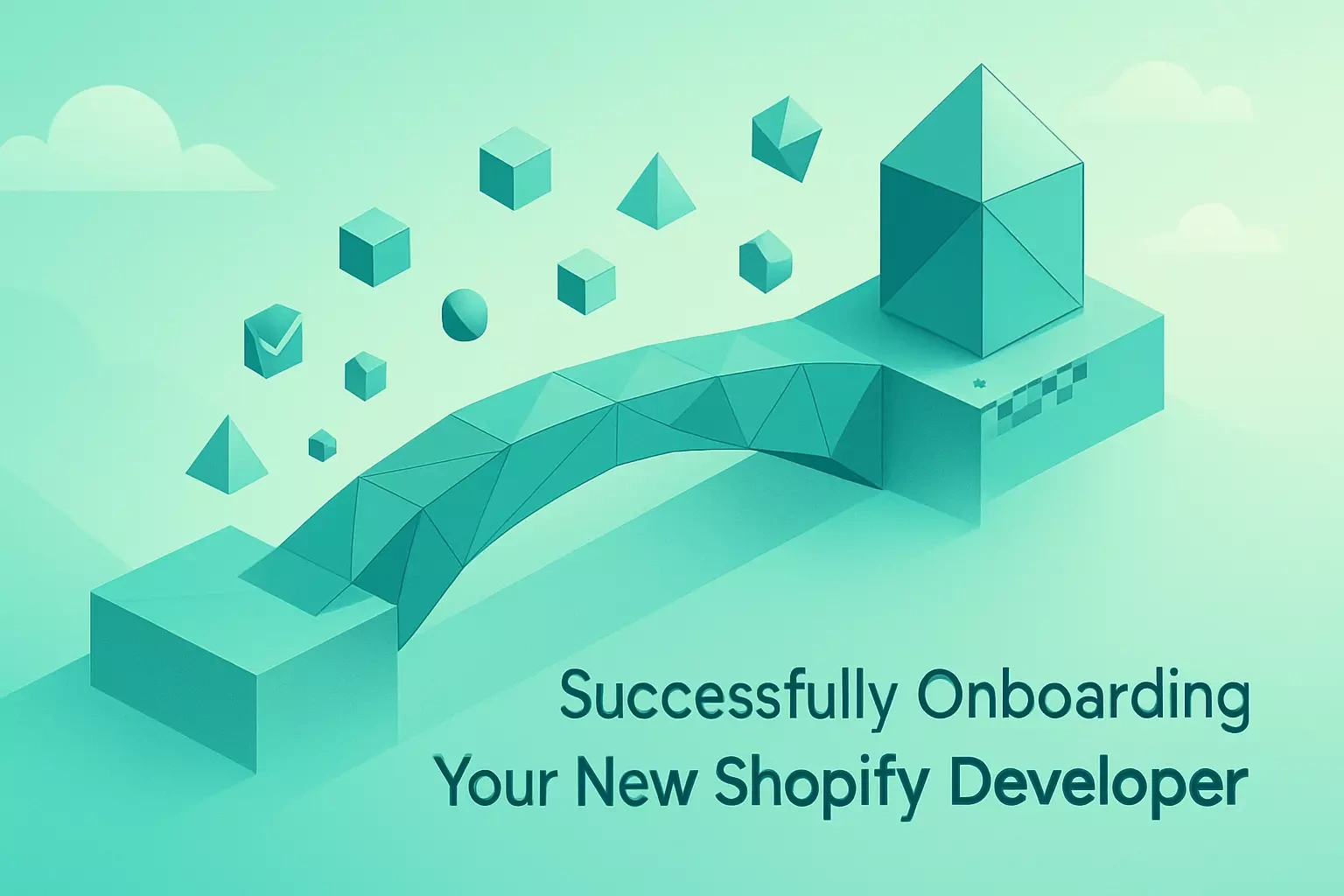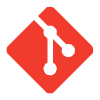Successfully Onboarding Your New Shopify Developer: A Checklist for Seamless Integration

Successfully Onboarding Your New Shopify Developer: A Checklist for Seamless Integration
Pre-Onboarding: Setting the Stage for Success
Prepare Documentation and Access
Define Initial Tasks and Goals
Send a Welcome Pack/Email
First Day and First Week: Integration and Initial Setup
Welcome and Introductions
Project Overview and Deep Dive
Technical Environment Setup
Communication Channels and Protocols
Assign First Small, Manageable Task(s)
First Month: Building Momentum and Understanding
Regular Check-ins and Feedback Sessions
Code Reviews and Quality Assurance
Understanding Business Processes and Goals
Encourage Questions and Collaboration
Ongoing: Ensuring Long-Term Success
Set Clear Expectations and Milestones
Provide Resources and Support
Opportunities for Growth and Learning
Conclusion: A Smooth Start for a Productive Partnership
References
Successfully Onboarding Your New Shopify Developer: A Checklist for Seamless Integration
Pre-Onboarding: Setting the Stage for Success
Prepare Documentation and Access
Define Initial Tasks and Goals
Send a Welcome Pack/Email
First Day and First Week: Integration and Initial Setup
Welcome and Introductions
Project Overview and Deep Dive
Technical Environment Setup
Communication Channels and Protocols
Assign First Small, Manageable Task(s)
First Month: Building Momentum and Understanding
Regular Check-ins and Feedback Sessions
Code Reviews and Quality Assurance
Understanding Business Processes and Goals
Encourage Questions and Collaboration
Ongoing: Ensuring Long-Term Success
Set Clear Expectations and Milestones
Provide Resources and Support
Opportunities for Growth and Learning
Conclusion: A Smooth Start for a Productive Partnership
References
Posted Jun 12, 2025
Hired a Shopify developer? Follow this comprehensive onboarding checklist to ensure they integrate smoothly, understand project goals, and become productive quickly.







